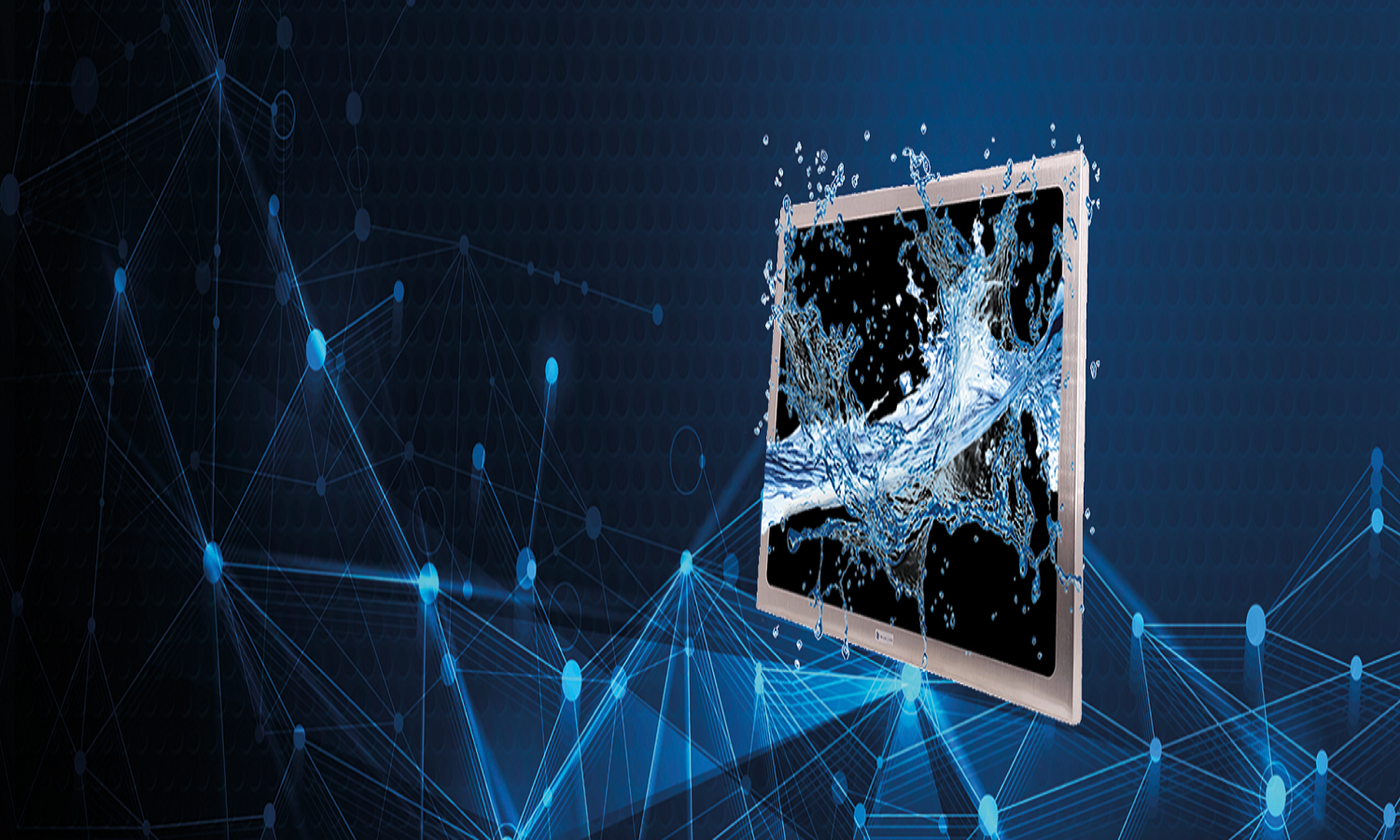Hygiene is of paramount importance in the food industry—equipment, including computers, must be cleaned and sterilized regularly using high-pressure hot water and caustic cleaning solutions to ensure that no harmful bacteria make it into the product. Foodborne illness outbreaks can cost food companies millions in legal fees, recalling contaminated products, and notifying customers/suppliers. Accordingly, companies can spare no expense in ensuring that their equipment is easily and thoroughly cleaned.
Equally important, however, is ensuring that this equipment endures. A company cannot afford to spend millions on installing human-machine interfaces (HMIs) with state-of-the-art touchscreens only to have that equipment fail after a couple of years of regular use and cleaning. This means ensuring that beyond correct usage, the equipment can resist the inevitable encroachment of moisture into its insides. How does one make a computer waterproof? But more than that, how does one make a computer as waterproof as possible for as long as possible? In this article, I’ll outline a few ways that industry leaders such as Blue Line (https://www.blue-line.com/products/waterproof-monitor-computer) are making waterproof computers for the food industry.
Table of Contents
Waterproofing = Ingress Protection
The single most important feature of a waterproof computer is its ingress protection (IP) rating, which determines the extent to which its insides are protected—whether it be from moisture, dust, or other outside invaders that can harm the precious electronics within. So when industry professionals talk about waterproofing they are primarily talking about IP ratings.
IP ratings consist of two numbers, the first ranging from 0 to 6 and the second from 0–8 (there is also a separate 9K liquid rating). The first number describes the extent to which the unit is protected against solids and the second the extent to which it is protected from liquids. For instance, an IP68 computer is fully protected from dust and can be submerged in liquid for a specified amount of time. IP rating has been the international standard for years alongside national standards like NEMA.
IP69K
The IP69K rating was created because in certain industries (e.g., road vehicles) there is a need for high-temperature, high-pressure cleaning but submersion is not possible or unnecessary. An IP69K computer can therefore withstand regular high-pressure washing, which is necessary for the food industry to maintain rigorous hygiene.
Achieving an IP69K rating is no mean feat: it requires that the unit be able to withstand 80ºC water issued from a nozzle at 80–100 bar with a flow rate of 14–16 l/min, held roughly 10 cm from the unit’s surface. This can be done through a combination of powerful sealants, pressurization, and limiting the number of entry points for moisture.
Long-Lasting Protection
However, waterproof computers, like everything, are not immune to entropy. The IP69K rating is given at manufacture, but it naturally degrades as the device is used and cleaned. The biggest culprits are cable ports and the cables themselves. Moisture will eventually get in—it’s a matter of how long it can be prevented. Accordingly, the best waterproof computers are designed with longevity in mind.
Blue Line, a Danish manufacturer of waterproof HMIs, achieves IP69K ratings for some of its computers by putting cable ports, pressure relief valves, and power buttons at the back of their monitors within a sealed mounting arm. By placing these ports within a sealed area, they effectively achieve a double IP69K rating. They also design their monitors with curved edges to allow water to sluice off them naturally without excessive pooling.
Optical Bonding for Touchscreens
Waterproofing is not only about ensuring the integrity of the insides, but also the integrity of the screen. Screen integrity in high-humidity conditions is achieved through a process called optical bonding, which involves gluing glass to the front of the display to avoid the buildup of condensation within it. Combining this with capacitive touchscreen technology, workers can use the touchscreen even while wearing numerous layers of gloves or while it is wet.
Conclusion
Waterproof computers and monitors are becoming a mainstay as food processing companies invest ever further in safety and hygiene. Companies like Blue Line are constantly evolving in response to these demands, producing better and stabler technologies to ensure that the food put on your table meets the highest standards for hygiene.




